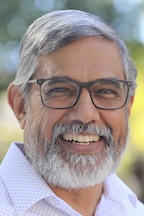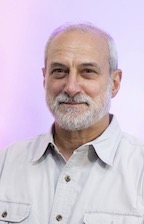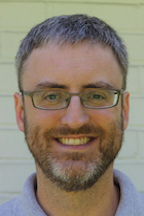Geometric PDE Challenges in Science & Engineering
June 2, 2026 - June 5, 2026
Organizers:

Kaushik Bhattacharya
CalTech

Andrea Bonito
Texas A&M

Ricardo Nochetto
University of Maryland

Shawn Walker
Louisiana State University
Many science and engineering/industrial applications are rich with geometric problems. A classic example is the modeling of soap films by minimal surfaces. However, the geometric challenges that arise in many modern applications are still poorly understood. For instance, the mechanics of heterogeneous thin sheets exhibit macroscopic properties due to their microscopic patterning. The presence of defects has dramatic geometric consequences in liquid crystal partial differential equation (PDE) models. The shape of red blood cells is dictated by bending effects with volume and area constraints.
This workshop aims to deepen our understanding of the connection between geometry and PDEs in the context of physics and engineering/industrial applications. A major aspect of the workshop is to enable better communication between different types of scientists - those who arrive at geometric questions by appropriate modeling and analysis, and those who develop sound tools for the simulation of such systems - so they can tackle new challenges in this research area.
- Participants
- Schedule
- Workshop poster (download pdf)
- Photos
